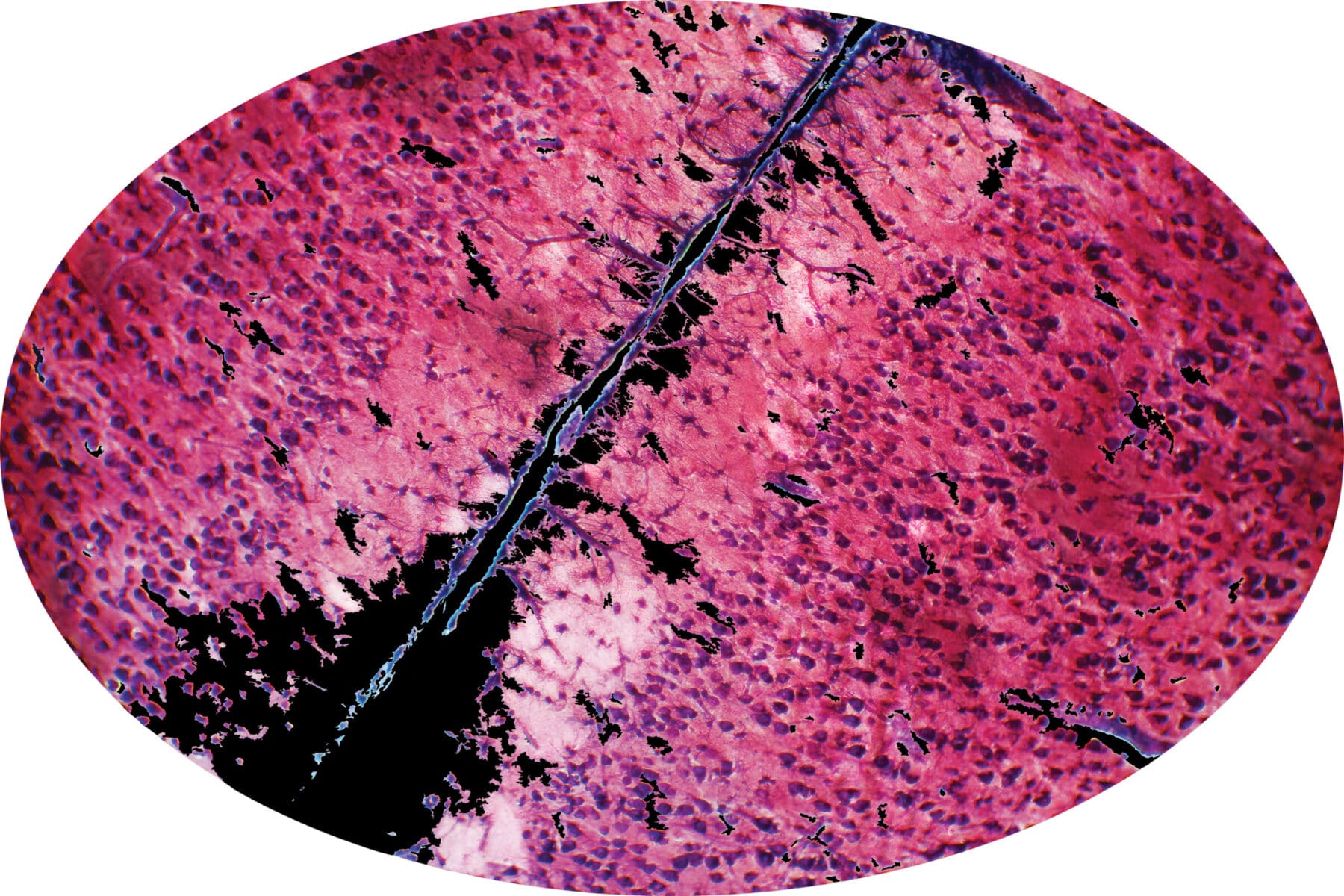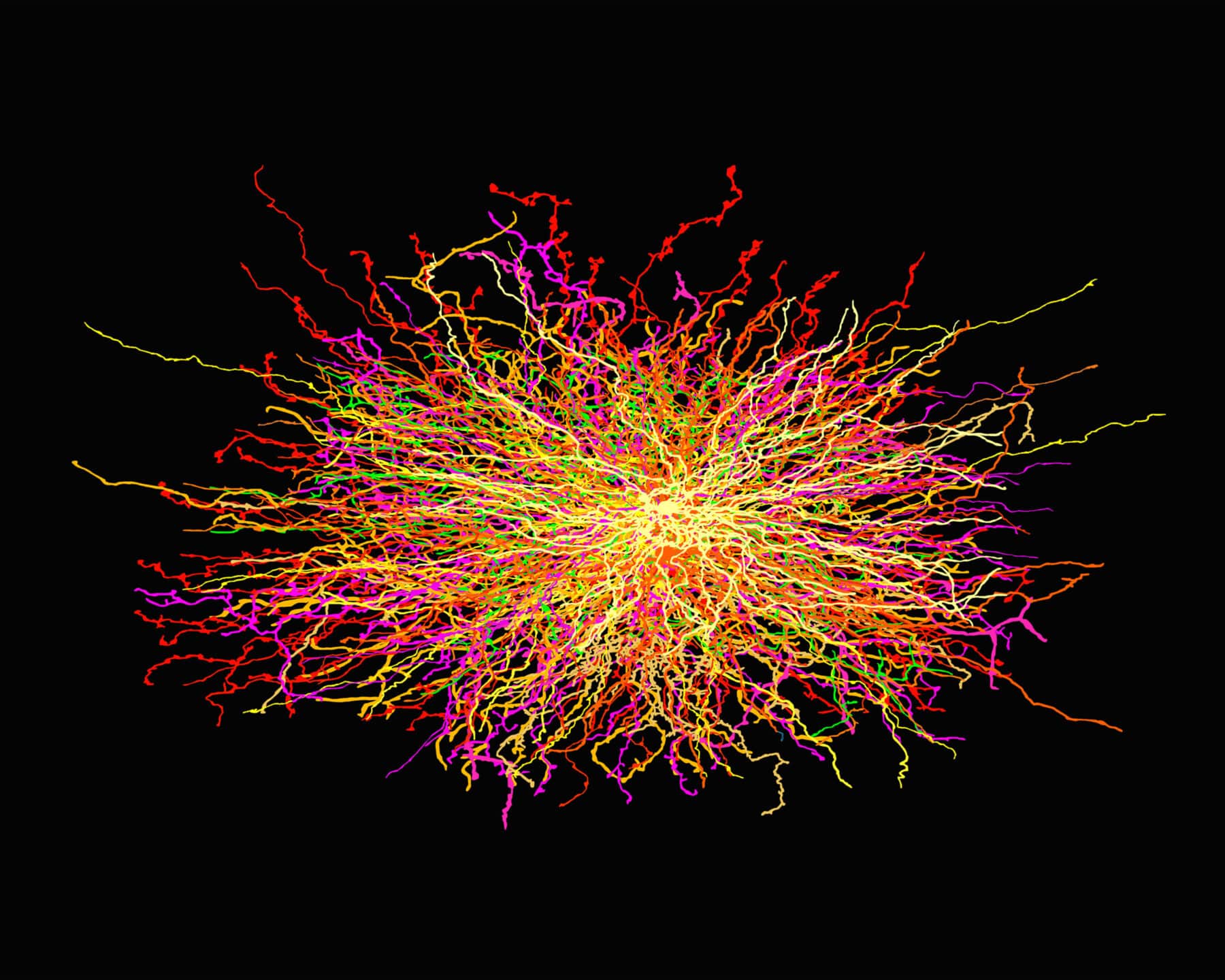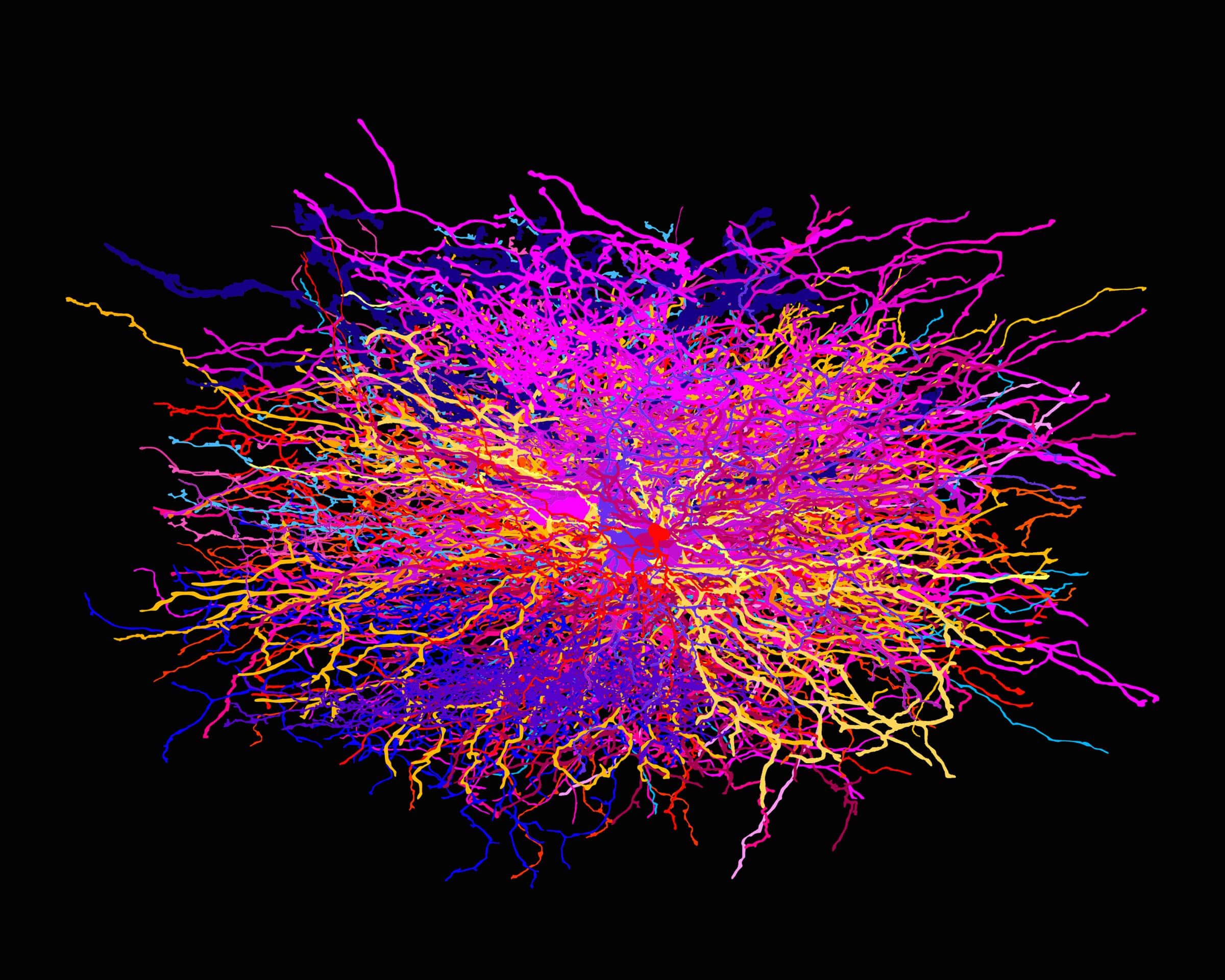The Most Complex Puzzle

Artist Julia Buntaine Hoel is fascinated by the intricate workings of the brain, describing it as “the most complex puzzle … our sciences have examined.” Beginning with biological forms and data culled from neuroscience, her work moves into the world of aesthetics as she manipulates ideas and imagery through the use of scale, metaphor, material, and form. With sculptures, prints, and animation, she explores essential questions: How does the brain change from day to day? What would brain frequencies look like in three dimensions? What is the shape of a thought?

Scientific knowledge often emerges from analyzing raw empirical data and is presented in journal articles as the objective result of this analysis. In contrast, scientific ideas presented in the form of art inherently demand subjective judgment and interpretation. Hoel’s goal as a science-based artist is to provide viewers with an alternative way to understand the wonders of human biology that scientists are continuing to discover.
Hoel is the founding director and editor-in-chief of the SciArt Initiative, a cross-disciplinary organization that uses art to build connections and envision a better future. Her work has been exhibited internationally and can be found in the collections of Johns Hopkins University and New York University. She has been profiled in The New York Times, Forbes, and Smithsonian Magazine, among other publications. Based in Cape Cod, Massachusetts, Hoel frequently consults on, curates, and writes about art. She holds positions at multiple academic institutions where she teaches cross-disciplinary practice, science-art, art history, and arts entrepreneurship and management.




All images courtesy of the artist.
